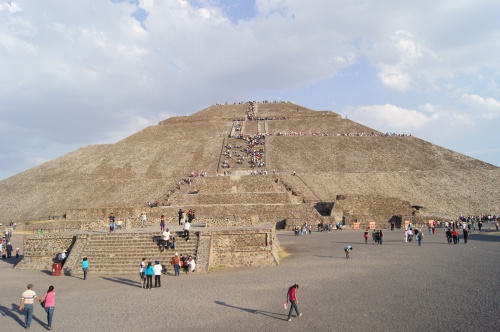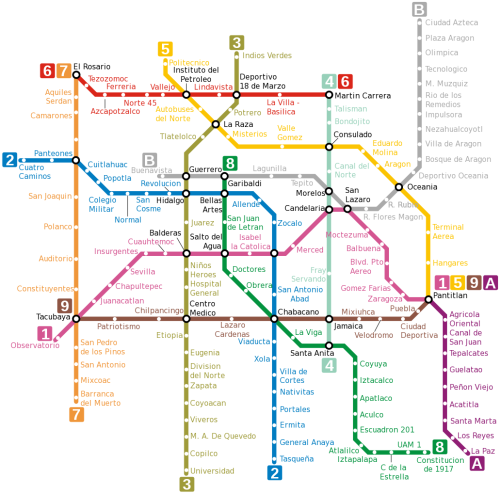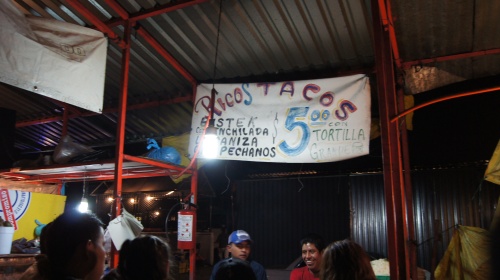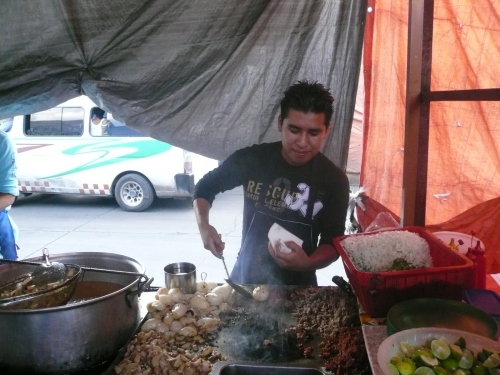By: Christine Khuat/Julio Moreno (HaLong Bay Tour: $25/500,000 VND, Train to Sapa: ~$5/100,000 VND, Tour of Sapa: $12USD/240,000VND)
Note: This article is part of a 3 part series detailing how to make the most out of Vietnam by exploring geographically from North to South (starting with this one, the North, then the Center, and South coming soon). In addition a 4th article on Phu Quoc Island is already posted (hit the link).
Note2: In this and any Vietnam article, the name “Saigon” and “Ho Chi Minh City” will be used interchangeably as they are the same city. Saigon is the pre-communist name, and Ho Chi Minh is the current official name.
Simple “how to” [get there] quick walk though:
Take a flight from where ever you are to Hanoi, Vietnam, the capital of Vietnam. Visa information was already posted on the Phu Quoc Island article. You can either get there directly, or fly to Saigon first and fly North to Hanoi. Jetstar.com offers flights from Saigon to Hanoi for around $50 USD/1Million VND. From here you will most likely need a tour company. “The Sinh Cafe ” is a well established international tour company which can help with tours and even visa info. They have tours and info on both Sapa (which is not required) and HaLong Bay (which is required).
Skeezy Tips:
- It is recommended that you book the HaLong Bay trip first as it is more popular, and ask them about info on how to arrive to SaPa by other means if you don’t want their tours.
- BEWARE of copycat companies. Many places will tout that they’re “Sinh Café” or “The Sinh Tourist,” but they’re not. This is especially true in Hanoi. Double check the address to make sure you have the right company.
AIRPORT TRANSFER:
- Jetstar has an airport bus that will take you to/from Old Quarter for 30,000 VND (~$1.50). The journey takes about an hour each way. For travel to the airport, visit their office at 204 Tran Quang Khai STREET where you can check in and get your boarding ticket before boarding the bus.
- Vietnam Airlines offer the same airport bus departing to and from their office in Old Quarter. The ticket costs 40,000 VND ($2 if paying in USD). The earliest bus leaves Old Quarter at 4:30 am and departs every 1-2 hours. Book ahead and check the schedule.
Skeezy Tips:
- Book at least 2 weeks ahead to ensure cheaper airfare and better time availability
- You will be charged 50,000 VND (~$2.50) per ticket for credit card payments, plus the 3% foreign transaction fee by your credit card company. A cheaper option is to pay at the post office. Book your ticket online and opt to “hold payment” at a post office (or bank). This option costs you 25,000 VND per ticket, but you must pay in cash. NOTE: If you choose to pay in person (post office or bank) you must do so within 48 hours of your online booking. In addition, this method does not work if you’re booking a last minute flight within the next 48 hours.
- SKIP all the frills (seat selection, insurance, check in luggage) as they WILL COST YOU EXTRA.
- The limit for carry on luggage (free of charge) is 7 kg (~15 lbs). If your backpack exceeds this weight limit, opt for the 15 kg checked baggage for an additional 60,000 VND (~$3). They WILL check and make you pay extra (more than what you would have paid online) upon check=in if you exceed the 7 kg limit.
The Stories:
Halong Bay: It is a natural bay formed by the delta coming out to the East of Hanoi, the capital of Vietnam. Its beauty is world renowned and was a finalist of the New Seven World Wonders contest. It is known for its snorkling and fishing, traditional boat tours, overnight boat stays, and amazing natural island/rock formations. It is only accessible by tours but it definitely a site to see if you are staying in the Hanoi area.
Sapa: Is known mainly for its amazing beauty and its ethnic minorities. A very intriguing spot that doesn’t get too many foreigner visitors, as it is not well known thus remains a little known treasure among “road less traveled” travelers. It is near the Chinese border, and historically a highly contested land. However, in recent times, its small town feel and cultural diversity (mostly Hmong minority) is what attracts visitors.
Other things to do:
1) Mausoleum of Ho Chi Minh: Since you will already be in Hanoi, go see Ho Chi Minh himself. The Mausoleum is an indoor museum where you can actually see his body. Be prepared to wait in a long line, however there are very few leaders preserved in this way (like Lenin in Moscow and Mao Zedong in Beijing, must be a communist thing). Ho Chi Minh led the Viet Cong to a most improbable win, now only over the Americans, but over the French from colonization, and his legacy lived on to defeat the Cambodians of Pol Pot, and the Chinese in their brief 1980 invasion.
Other relevant info:
1) Pho Bo: For foreigners, Pho is the signature dish of Vietnam. Hanoi is the birth place of Pho and like any foreign food, you probably will get a tastier version in the source of its inception. Grab a bowl from a mom and pop shop.
2) Relative cheapness: While Vietnam is already considered cheap, many foreigners will be surprised by HOW cheap. Consider that in the “tourist” part of town, a large bowl of Pho is $2.50 which might be considered cheap if you paid $6-7 in the US. However out of those areas, to Vietnamese people, its more like $0.60-$1.00. Also sandwiches can be bought off street vendors for $0.75 and full meals can be had for about $1. You can REALLY stretch your dollar if you know what you are doing.
3) Shopping in super markets: If you will stay a long time in Vietnam, consider shopping at the local market and you will find amazing deals on produce. The market places on the street also have great cheap fruit, including the amazing Dragon Fruit!























